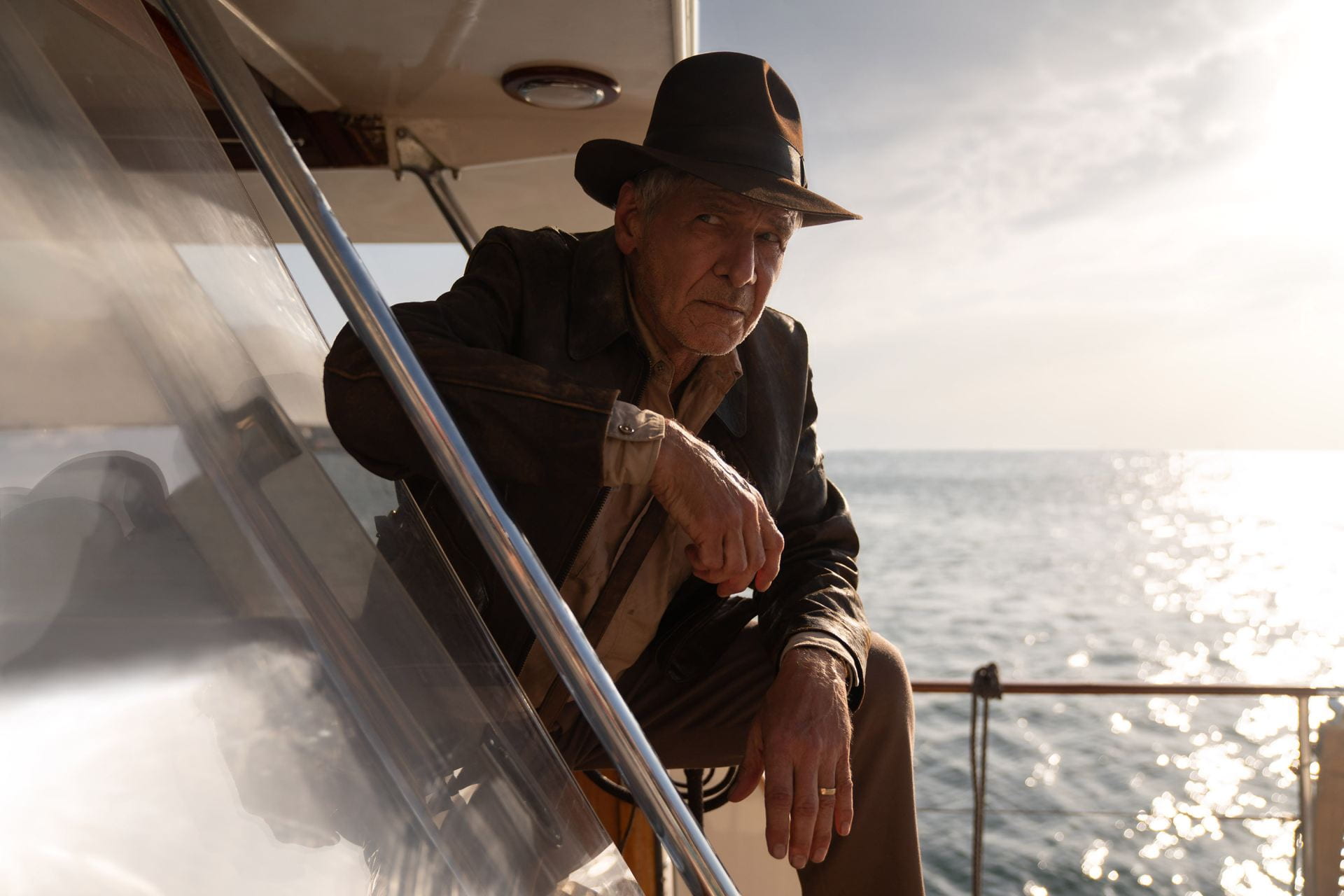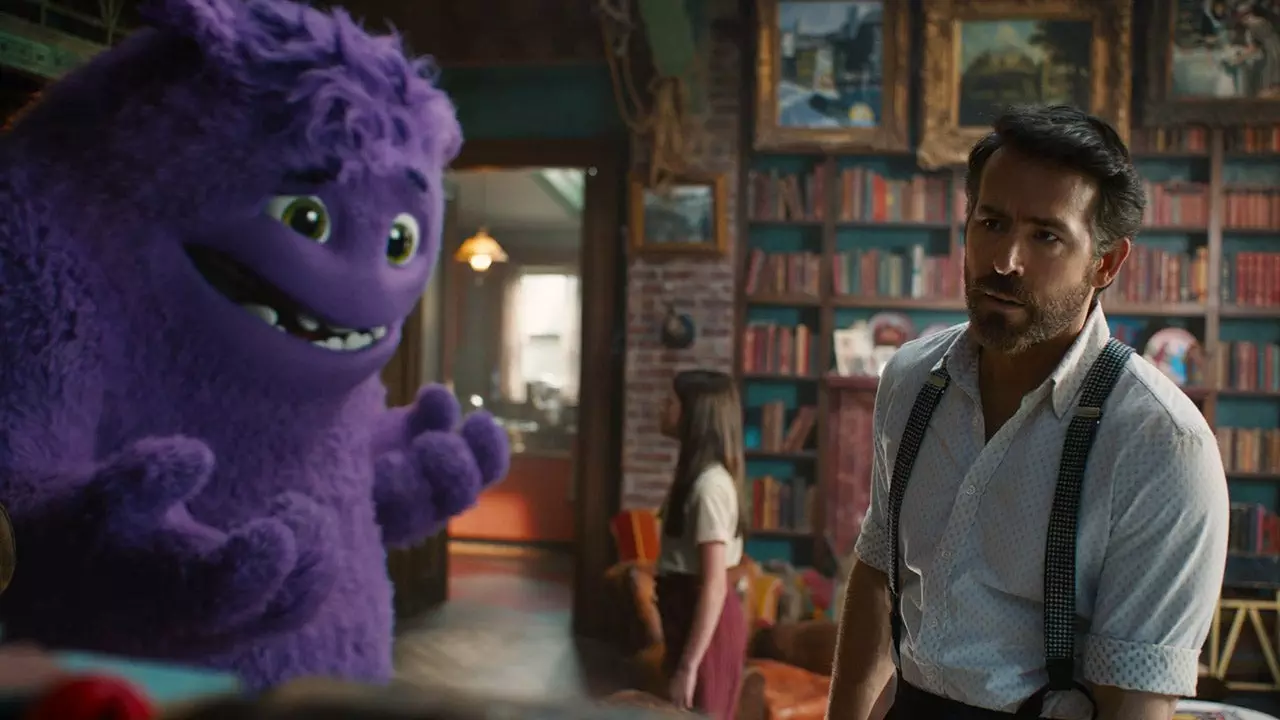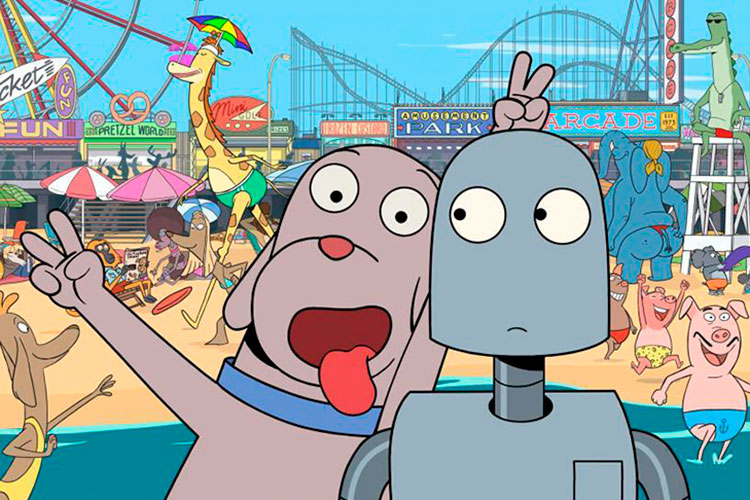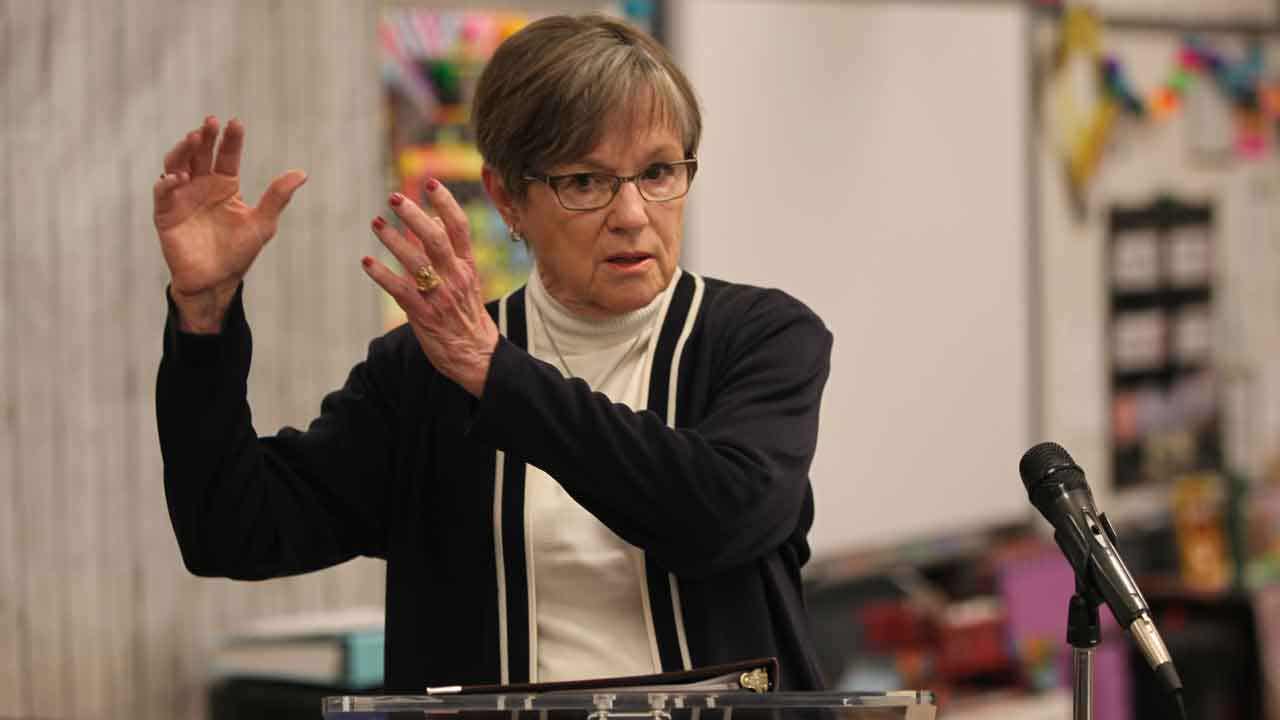Harrison Ford in “Indiana Jones and the Dial of Destiny.” (Jonathan Olley/Lucasfilm Ltd./TNS)
Indiana Jones, the swashbuckling archeologist and adventurer played by Harrison Ford, has become one of the more recognizable American movie figures under legendary director Steven Spielberg. His iconic hat, whip and musical score composed by John Williams have become as famous as the most recognizable attributes in American cinema. But just as synonymous with American film culture is movie corporations’ habit of cranking out unnecessary sequels and reboots that focus more on generating profit than doing their characters justice. Unfortunately, the fifth installment in the “Indiana Jones” franchise — the newest release since 2008’s “Indiana Jones and the Kingdom of the Crystal Skull” — is bound to elicit an increasingly common question from audiences: “Was this movie really necessary?”
“The Dial of Destiny” finds 79-year-old Harrison Ford playing an Indiana Jones who is presumably of the same age and retiring from his job as an archaeology professor. Alas, he’s swept into another adventure alongside his goddaughter Helena (Phoebe Waller-Bridge) as they seek to find the missing pieces of Archimedes’ dial before Jurgen Voller (Mads Mikkelsen), a former Nazi scientist and nemesis of Indiana turned CIA operative. The entirety of the movie follows Indiana, Helena, Jurgen and his cronies following various MacGuffin plots as they all search for the same objects.
Another theme that’s become all too common in blockbuster movies is runtimes that are simply too long. “The Dial of Destiny” is no different, as it clocks in at over two and a half hours. The first 20 minutes consist of an action sequence featuring a digitally de-aged Ford battling Mikkelsen, followed by a scene in which an older Indiana is visited by Helena. The viewing experience may have been more pleasurable had the movie just ended there as a 20-minute special.
The narrative’s driving force is the search for relics, which would become repetitive even without the lengthy runtime. And the de-aged version of Ford is emblematic of the entire movie’s larger problem; it didn’t look bad, it just looked a little off. Part of the “Indiana Jones” movies’ charm is the gritty, old-timey feel. While director James Mangold achieved a visually appealing movie using present-day technology, it doesn’t have the characteristically vintage feel of an “Indiana Jones” movie, causing the end product to feel a bit mangled.
Ford and Waller-Bridge have good chemistry throughout the movie and deliver admirable acting performances, but the end product crashes and burns much like the many vehicle collisions throughout the movie. “Indiana Jones and the Dial of Destiny” is likely to be the last “Indiana Jones” movie, which will hopefully allow Indiana to not only hang up his hat but also lay a franchise filled with ups and downs to rest.
Rating: 2/5



































